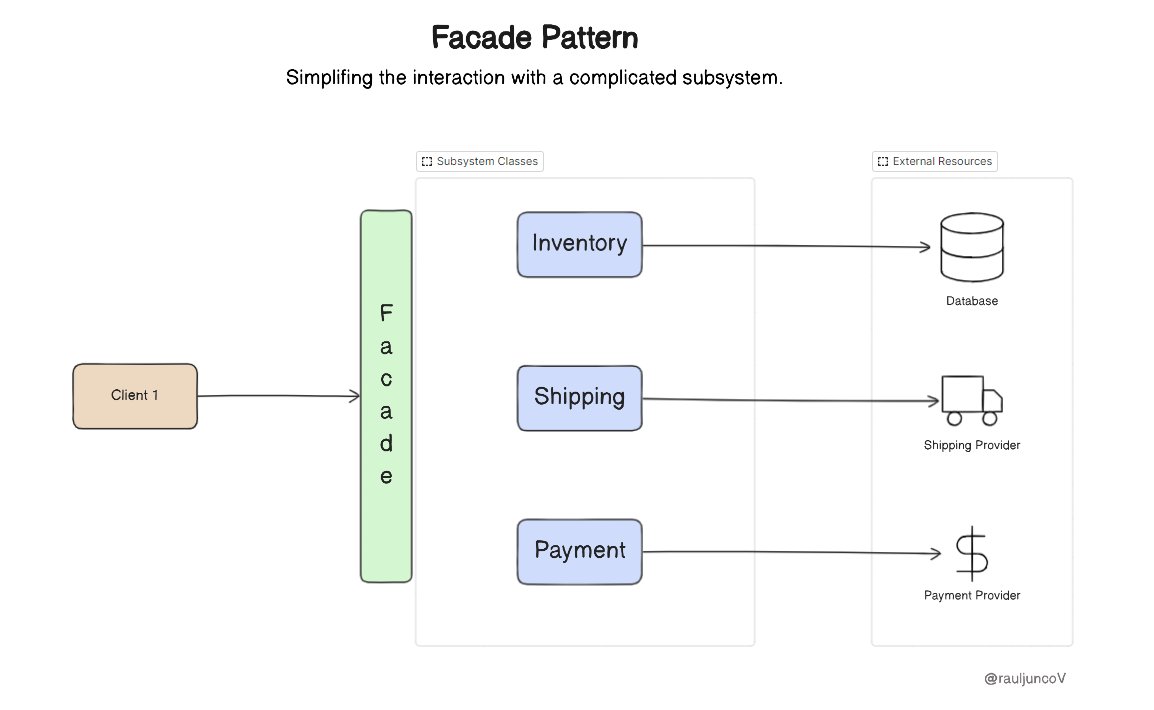5 must Know Design Patterns.
Design patterns are critical components that require time and lots of effort to get them right. Every application and system will ultimately require scaling and in almost all instances, they will require refactoring. That is why design patterns are quite important. It makes it easier to read the code base and provides even better flexibility when adding more functionality to the code base.
Below are five basic and the most common design patterns that at least, every developer should know.
- Factory Pattern.
An interface that declares the factory method, which returns an Object of the product type. Subclasses implement this factory method to return an instance of a concrete class. Rather than creating Objects, the client code calls the factory method to get the Object. It is useful when a class can't expect the type of Objects it needs to create.
- Facade Pattern.
It simplifies the interaction with a complicated subsystem using a single entry point. reduce coupling where clients can only interact with the Facade; not the subsystem components. The Facade pattern makes it easier to adapt to changes in subsystem classes.
- Observer Pattern.
This supports one-to-many dependency between Objects. When the Subject(Observable) changes, all registered observers get notified. Example; The view that changes whenever the underlying data model changes.
- Decorator Pattern.
Open/Closed principle in Action. It lets you attach new functionalities to objects without altering their structure. It extends their behavior without subclassing. For example, Adding discount or promotional rules to an item in the shopping cart.
- Strategy Pattern.
Strategy Pattern is best suited when there is need to switch Algorithms. Defines a family of algorithms, encapsulates them, and makes them interchangeable. You can select different algorithms at runtime without modifying the client code. They are not one-size-fits-all solutions, but they are great for solving some common headaches.
Thank you for your time and see you in the next.
Credits to @RaulJuncoV on X(Formerly Twitter).
